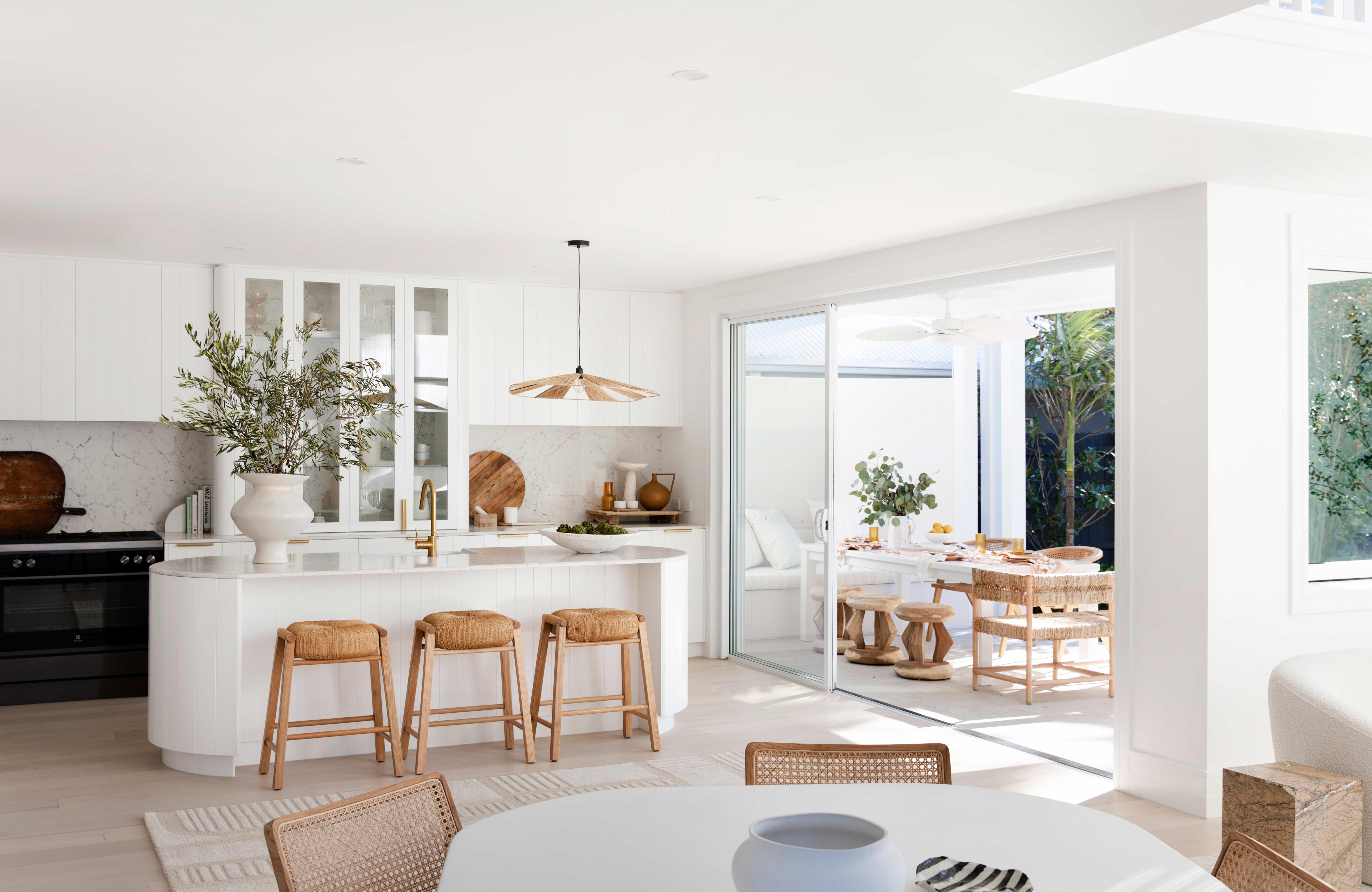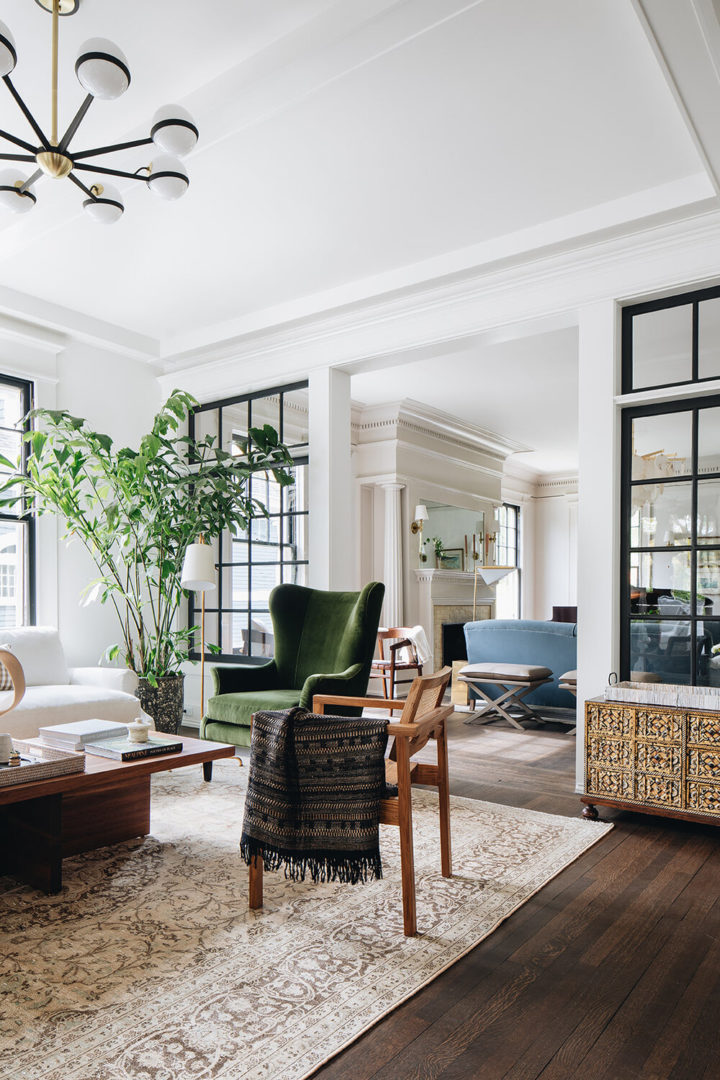Work with experts in miami luxury interior design for high-end home and commercial projects.
Work with experts in miami luxury interior design for high-end home and commercial projects.
Blog Article
Change Your Home With Vital Principles of Inside Layout and Aesthetics
The art of transforming your home through the crucial concepts of indoor layout and visual appeal requires a thoughtful strategy that integrates shade, balance, and spatial awareness. By comprehending the influence of color theory and the value of appearance and patterns, one can create rooms that are not just aesthetically attractive however likewise deeply personal. Accomplishing this stability entails greater than plain decoration; it incorporates a tactical plan and an eager understanding of how each element interacts within an area. As we explore these fundamental ideas, take into consideration just how they may redefine your understanding of home and personal expression.
Understanding Shade Concept
Understanding the concepts of color theory enables designers to develop areas that resonate psychologically with passengers while fulfilling useful demands. Each classification plays a vital function in establishing harmony within a room.
The mental effect of shades is profound; warm shades such as reds and oranges stimulate power and heat, while awesome tones like blues and eco-friendlies promote peace and harmony. Additionally, using complementary colors enhances aesthetic interest, developing striking contrasts that can raise a room's allure.
Neutral colors, on the various other hand, act as a functional background, enabling other design aspects to beam. It is vital to think about factors such as lighting and the space's objective when selecting a shade scheme, as these can change the assumption of shades throughout the day.
Ultimately, a well-considered shade system can change an area, cultivating a sense of comfort and design that straightens with the residents' preferences. Proficiency of shade concept is, for that reason, an important skill for any type of indoor designer aiming to produce harmonious and inviting settings.
Accomplishing Balance in Style
Just how can developers accomplish a sense of balance in their areas? Accomplishing equilibrium in design is essential to producing unified interiors. Developers can use 3 main types of equilibrium: symmetrical, asymmetrical, and radial. In proportion equilibrium includes arranging components evenly around a central factor, promoting a sense of order and tranquility. This kind often features pairs of furnishings or art work, improving visual security.
Asymmetrical balance, on the various other hand, counts on varying elements that still achieve a natural look. This approach enables for more vibrant and casual arrangements, offering passion while keeping equilibrium. By meticulously picking varying sizes, colors, and appearances, developers can create an aesthetically compelling space that feels balanced yet energetic.
Radial equilibrium emphasizes a main focal factor with aspects radiating external. This style is generally seen in round layouts, where furnishings and decor create a cohesive border that draws the eye internal.
Ultimately, achieving balance requires thoughtful factor to consider of range, percentage, and the relationships between elements. luxury interior design. By masterfully using these balance principles, developers can transform areas right into atmospheres that feel both cosmetically pleasing and functionally harmonious, improving the general experience for owners
Significance of Spatial Recognition

A keen sense of spatial understanding allows developers to determine centerpieces within a room, leading the customer's interest to key features while preserving a total feeling of unity. It also assists in the tactical positioning of lighting, which can significantly influence the perception of space and state of mind. Comprehending spatial relationships enables the designer to provide to the certain demands of occupants, making certain that each location serves its intended objective without jeopardizing aesthetic appeals.
Ultimately, spatial understanding is important for maximizing the potential of any kind of interior space. By thoroughly considering the interplay between measurements, format, and function, designers can produce environments that not only meet useful demands however also stimulate a sense of comfort and elegance, improving the overall living experience.
Incorporating Appearance and Patterns
Accepting a varied series of textures and patterns can dramatically enhance the visual and responsive allure of an indoor area. The tactical use different products-- such as timber, steel, fabric, and rock-- produces deepness and rate of interest, making a room feel much more inviting and vibrant. Combining smooth surface areas with rough textures can develop a balance that draws the eye and engages the detects.
When integrating patterns, consider both range and rep. Big patterns can function as prime focus, while smaller Go Here sized, refined layouts can match various other aspects without frustrating the room. Layering patterns, such as pairing flower cushions with striped throws, adds intricacy and a feeling of consistency if executed attentively.
It is also critical to maintain a natural color scheme, ensuring that structures and patterns function with each other instead than contend for focus. By picking a couple of key textures and patterns, you can produce a merged visual that mirrors your personal design while improving the overall atmosphere of the space. Eventually, the careful incorporation of these components can change a mundane room right into an innovative atmosphere rich with character and warmth.
Individualizing Your Area
Producing an area that shows your individuality is crucial to accomplishing a really inviting environment. Customization in interior design permits you to infuse your special style and interests right into your home, transforming it from a mere shelter right into a shelter that talks with that you are. Begin by selecting a shade palette that resonates with your emotions-- strong hues can energize, while soft tones offer harmony.
Integrate artwork and style that reflect your enthusiasms, whether it be traveling, nature, or abstract principles. Showing personal collections, such as books, pictures, or mementos, can evoke treasured memories and produce prime focus within a room. In addition, think about personalizing useful pieces, like upholstered furniture, to align with your visual why not try these out preferences.

Final Thought
Finally, the improvement of a home through the vital concepts of interior decoration and appearance necessitates a thorough understanding of color concept, equilibrium, spatial understanding, appearance, and customization. Each aspect adds dramatically to creating an unified and useful living atmosphere - Architecture Firm. By thoughtfully integrating these concepts, people can enhance the aesthetic allure and emotional vibration of their rooms, eventually fostering a home that mirrors distinct identifications while giving comfort and usefulness
Report this page